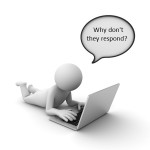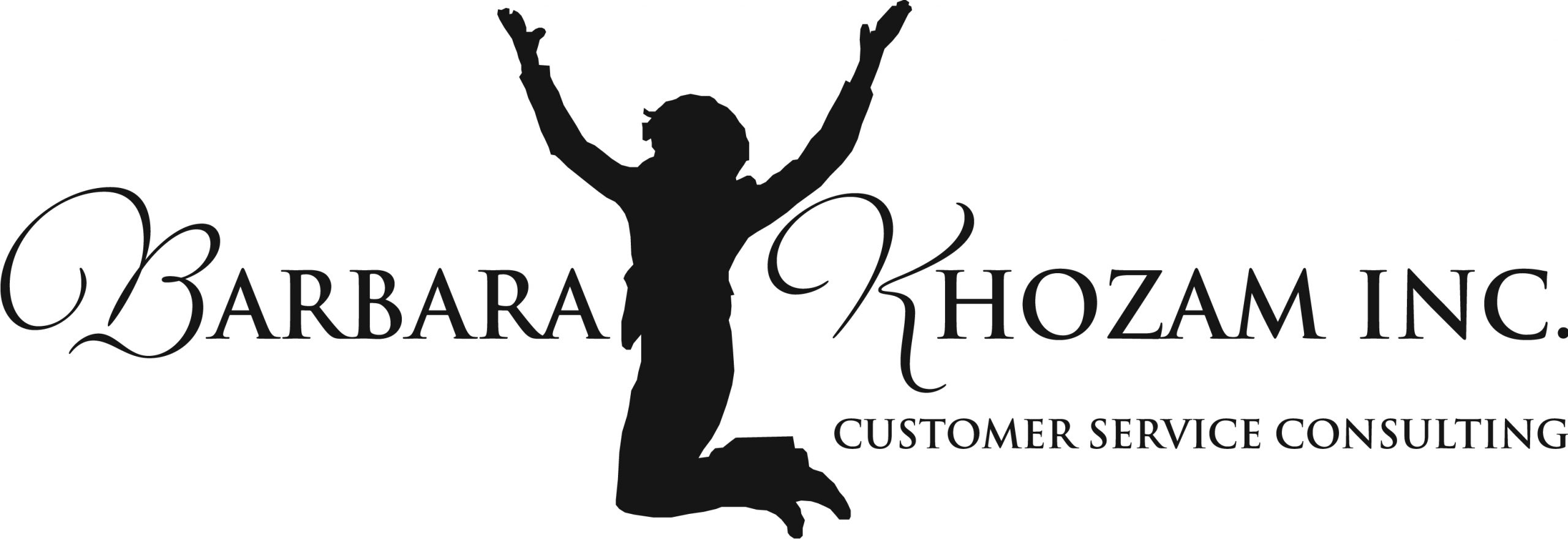Email is perhaps the most used communication tool in our lives today. We use it to communicate with friends and family, and it is a major part of our professional work. But email can also be one of the most frustrating forms of communication. I’m sure you’ve experienced this at some point in your life: poor or no follow up to your request by a company, a customer service rep promises something will happen but nothing ever does. Inadvertently, you have to keep emailing and emailing until you have to resort to calling and having to deal with an endless phone tree of options. Lack of response through email is absolutely frustrating, especially when you have a problem you need resolved quickly! It’s no wonder why companies with reps who don’t follow through via email have to deal with so many “irate customers.”
Real World Story:
I’ve been frustrated recently by one of the companies that provides web services to my business. I had sent an email to my assigned contact 
Customers yearn for an easy experience. Something so readily achieved through email. Yet, we are growing more and more accustomed to being ignored. The problem: ignoring your customers does NOT create loyalty. If I could find a responsive company whose reps utilize email professionally, then I would move my service contract to them in a heart beat.
Strategies that Turn it Around:
1. Make email communication an important part of your customer service repertoire.
2. Train all your employees in your company’s email etiquette and policies.
3. Have a strategy in place that lets your customers know their messages are being received, and they should expect a response by X time.
4. Have a plan for monitoring when customers have yet to answer your replies. After all, you don’t want your messages sitting unread in a customer’s junk or trash folder.
Remember: With communication becoming easier to use and faster to send and reply to, we should all expect companies to provide great service via email. Companies that are able to communicate clearly and quickly will be the ones that create happy, loyal, and returning customers.
How do YOU handle email communications from customers? I’d love to hear your stories in the comments sections below.
